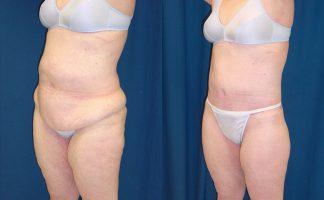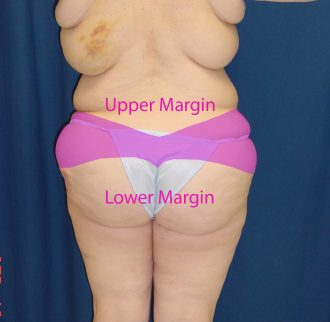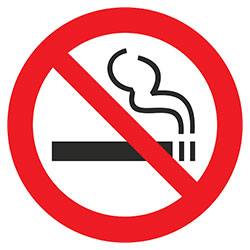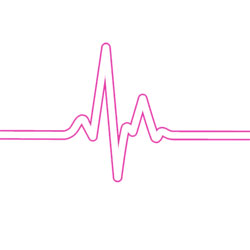What is a Body lift?
Dr. Ricardo Rodriguez has performed over 200 body lift procedures, helping patients from Baltimore and throughout the greater DMV region achieve smoother, firmer contours across the lower body.
A Body lift is a transformative surgical procedure designed to remove excess skin and fat from the abdomen, hips, outer thighs, and buttocks, restoring a smoother, firmer shape. If you’ve lost a significant amount of weight, a body lift can help address loose sagging skin and redefine your body’s contours.
A Lower body lift includes:
- a tummy tuck
- an outer thigh lift
- a posterior butt lift
Dr. Ricardo Rodriguez brings over 25 years of experience and a meticulous approach to ensure exceptional body contouring results. Having performed over 200 body lifts and more than 1,000 tummy tuck procedures, he customizes your surgery to align with your unique goals.
What problems does a Body lift address?
You may be a candidate for a Body Lift if you experience:
- Significant weight loss that changes your body shape
- Loose skin around the abdomen, outer thighs, and posterior buttocks
- Excess fat tissue
- Weak or separated abdominal muscles
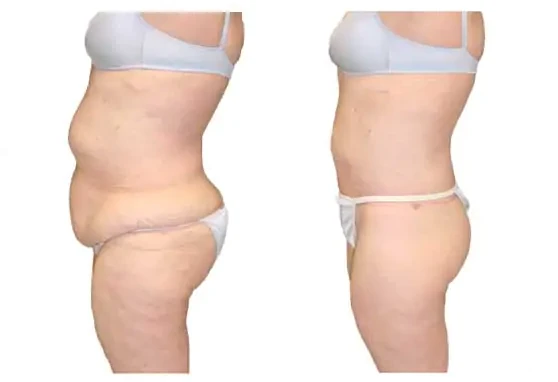
Here's how to check if a Body Lift may be right for you:
- Abdomen: Do you have loose hanging skin over your abdomen? If so, you are a likely candidate for the Tummy Tuck.
- Outer thighs: Pinch the loose skin at your hips. Does lifting the skin make your legs look longer and slimmer? If yes, a Thigh lift might be a good option.
- Posterior buttocks: Reach behind and pinch the skin above your buttocks. A Butt lift can remove that loose skin and make your butt appear perkier.
As a gastric bypass patient, I needed extensive work and had already met with several surgeons. Dr. Rodriguez was the fourth, and I immediately connected with his overall plan. I’m immensely pleased with the results and highly recommend him.
Cory
How is a Lower body lift procedure performed?
Dr. Rodriguez makes an incision around the entire lower body, removes loose skin, and tightens the stomach muscles and full torso.
A Lower body lift combines a tummy tuck, an outer thigh lift, and a posterior butt lift in one surgery. If needed, an inner thigh lift, is performed in a separate session.
Anesthesia Options
This procedure is performed under IV sedation or General anesthesia. We prefer IV sedation because it allows faster recovery and lowers the risk of blood clots.
Our surgery center uses only board-certified anesthesiologists to ensure your safety and you can go home the same day.
Where is the Incision Made?
Before surgery, we mark the incision lines with you standing in front of a mirror. There are two horizontal incisions made, with a top boundary and a bottom boundary. The incisions go around the front and back of your body.
The area between the two horizontal lines (shown in pink in the image above) is the section of skin and tissue that will be removed. The upper and lower margins are then joined together and sutured together with dissolvable stitches.
We'll discuss the exact incision placements on the day of surgery to match your preference. The final scar is as low as possible so that it is hidden with low-cut panties or jeans.
Tissue Dissection and Wound Closure
Our goal is to close the wound tightly without causing tension on the skin, which helps reduce scar thickness.
The Lockwood Technique to Prevent Fluid Accumulation
We use the Lockwood technique to limit tissue dissection, which lowers the risk of fluid buildup, reducing the chance of complications.
In the drawing below, the area dissected is illustrated in pink. You can see that the Lockwood technique has less tissue dissection than the standard surgical technique. Less dissection results in fewer complications.
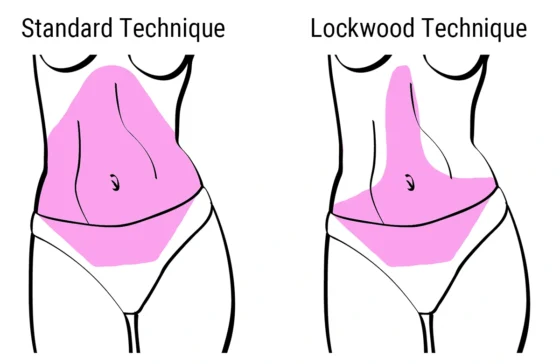
Standard Technique
- Elevates more skin, creating more "empty" space underneath.
- This larger area is more prone to fluid accumulation.
- Less blood supply available to the skin flap.
Lockwood Technique
- Elevates less skin, leaving less "empty" space.
- Maintains better blood supply to the skin flap, which enhances healing.
- Reduces the chance of fluid buildup and other complications.
With the Lockwood technique, the following results are achieved:
- Thinner scar
- Lower risk of complications
- Flatter stomach and better results!
We have successfully used the Lockwood technique for over 25 years because it consistently delivers superior outcomes, with fewer complications and better overall results.
Pain Management
To control post-surgery pain, we use either Exparel or a pain pump to numb the area. These options offer long-lasting pain relief which helps you breathe better and recover faster.
Recomendado 100%, y su equipo de trabajo son excelente. Gracias.
Kiany M.
What are the preoperative requirements?
Your procedure should be performed by a board-certified plastic surgeon in an accredited surgery center. Make sure that your facility is accredited by either Medicare, QuadA, or JCAHO.
The pre-op requirements are:
- At least 18 months post-bariatric surgery
- Stable weight for 2 months
- BMI index less than 35 kg/m
- H&P and a CBC blood test within 30 days of surgery
- Stop smoking 3-4 weeks before surgery
- Stop aspirin 2 weeks before surgery
- Schedule a pre-op appointment with your surgeon
- Read and sign the Informed Consent document
What is Body lift Post-Op recovery like?
Recovery takes about 3-4 weeks. Here is a brief timeline:
- Day 1 - 7: Bed rest with only walking to the bathroom, drink plenty of fluids
- Day 7: Post op office visit to remove pain pump and drains, and change the compression garment
- Weeks 1-3: No working or driving. Limit activity.
- Weeks 3-4: Resume light work
- Weeks 6-8: Resume normal activities
What are the risks and possible complications?
As with any surgery, there are risks including:
- fluid buildup (seroma)
- Blood clots (DVT)
- Infection
- Poor wound healing
- unfavorable scarring
How much does a Lower body lift cost?
The Body lift cost depends on how long the surgery takes. Here are our current Body Lift prices for 2025:
| Body Lift Prices | 2025 Price |
|---|---|
| Body Lift - 7 hr | $17,500 |
| Body Lift - 9 hr | $22,000 |
Prices include the surgeon's fee, operating room fee, anesthesia fee, garments, pain control, and all post-op visits.
To understand more about the Body Lift costs, see factors that influence lower body lift costs.
Can I finance my Lower body lift?
Yes, we offer 6 month, no interest financing to make your procedure more affordable. Call us at 410-404-8100 or see our financing page for additional financing information.
Dr. Rodriguez: Trusted body lift surgeon in Baltimore
With more than 25 years of experience and over 200 body lift procedures performed, Dr. Ricardo Rodriguez helps patients from Baltimore, Towson, Columbia, and beyond restore smoother, more sculpted lower body contours. Every procedure is tailored to your unique body and goals for natural-looking, confidence-boosting results.
Our Quad A-accredited facility ensures the highest level of safety, using IV anesthesia with Board-Certified Anesthesiologists. This technique avoids the need for a ventilator, reduces the risk of complications like pulmonary embolism, and supports a smoother recovery with less nausea and discomfort.
Dr. Rodriguez also uses the Lockwood technique, which places tension on deeper tissue layers to improve healing, preserve blood flow, and create thinner scars with fewer postoperative complications.
All patients receive direct access to Dr. Rodriguez’s cell phone post-surgery for personalized care and support. He is fluent in English, Spanish, and French helping patients of all backgrounds feel comfortable and understood throughout their surgical journey.
I had a very professional and pleasant experience with Dr. Rodriguez. His attention to detail and technique is amazing. The results are better than I could have ever imagined—he truly changed my life! My stomach is super flat now and my back looks great. I’m so grateful I found him.
Leonard M.
Ready to explore what's possible?
BOOK A COURTESY CONSULT TODAY!
Together, we'll find the perfect approach to help you look and feel your best,

Board Certified Plastic Surgery, ASPS Member
NOTICE
Patients depicted in our before and after galleries have provided their written consent to display their photos online. Every patient is unique, and surgical results may vary. Please contact us if you have any questions.

